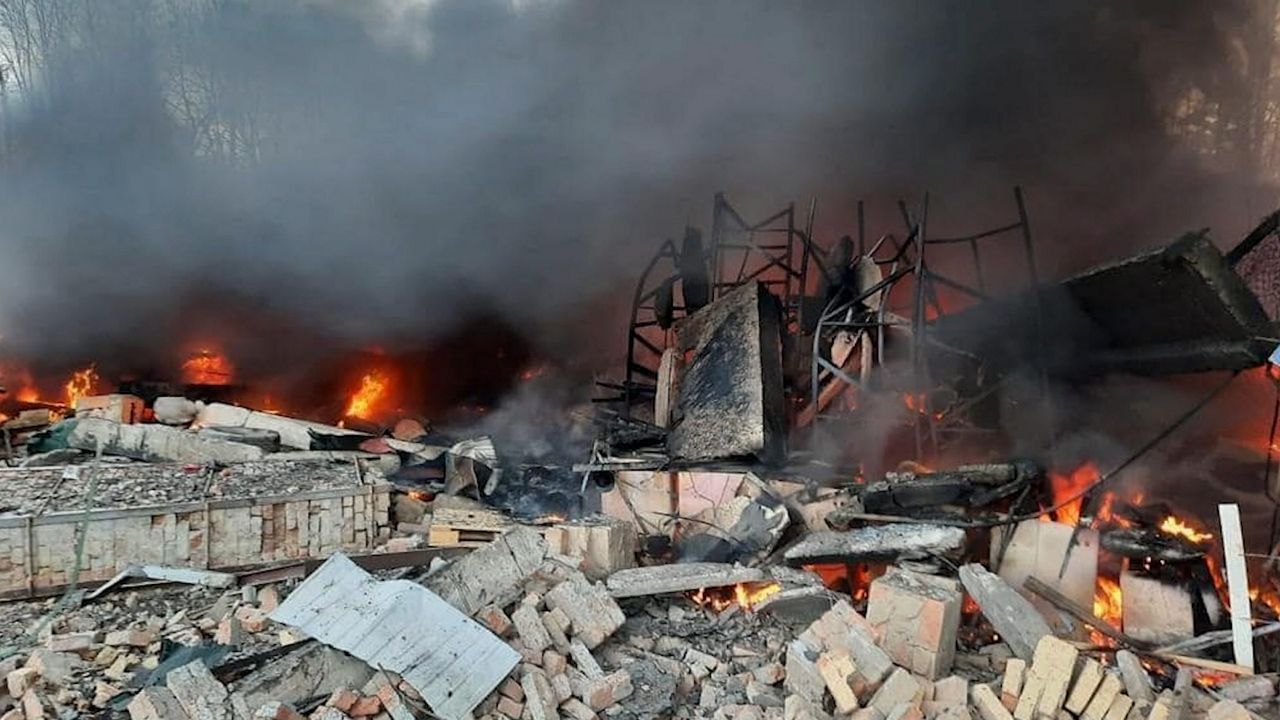There are deep roots in Russia’s invasion of Ukraine — stretching to the breakup of the Soviet Union more than two decades ago.
It was an event that left a deep impression on an agent of the KGB, the Soviet Union's intelligence and security force.
His name? Vladimir Putin.
The Berlin Wall was falling, and with it, the Iron Curtain Soviet Union was coming down too.
It was the end of the 1980s and the beginning of a new political landscape.
A once vast empire stretching from Alaska to Eastern Europe was being broken up into independent countries.
The Soviet breakup meant democracy was in bloom. Families split by the Iron Curtain were reunited.
It was cause for celebration, but not for Putin, a member of the secret police and budding political leader, experts say.
“He didn’t understand why the Soviet Union had to collapse,” said Daniel Hamilton, a Senior Fellow at the SAIS Foreign Policy Institute at Johns Hopkins University and a Senior Fellow at the Brookings Institution. “And I think he has said and many of his statements since then that the end of the Soviet Union was, in his view, a historic tragedy.”
The United States and the Soviets weren’t always enemies. They were allies in World War II, defeating the Nazis.
But the partnership faded over differences in political and economic systems.
The United States and western allies formed NATO; The Soviets and their allies formed the Warsaw Bloc.
People living within countries under Soviet control also rebelled, seeking democracy and civil rights, only to be crushed by Soviet or Soviet-backed forces.
Still, after the fall of the Soviet Union, millions of Russian-speakers fell outside the newly drawn borders, some ethnic Russian but many not.
“Putin says they're all part of what he calls the Russkiy Mir, the Russian world,” Hamilton said. “They are compatriots that he believes are Russian and should be, and he should defend them as much as he would defend people living within Russia's current borders.”
Putin has launched previous invasions, including in Ukraine in 2014, seizing territory, including the Crimean peninsula, and there are Russian troops in other countries.
But there has been no war of this size in Europe since the end of World War II – and many are asking if it’s just the beginning.
Many millions of people in former Soviet lands are looking west, not east.
That includes not just Ukraine, but perhaps even more ominously the three Baltic countries that are part of NATO: Estonia, Latvia and Lithuania.

It raises the question of what should happen should Putin turn his forces there next.
“If you take the Russkiy Mir concept to its conclusion, Ukraine is not the end of the story,” Hamilton said.






